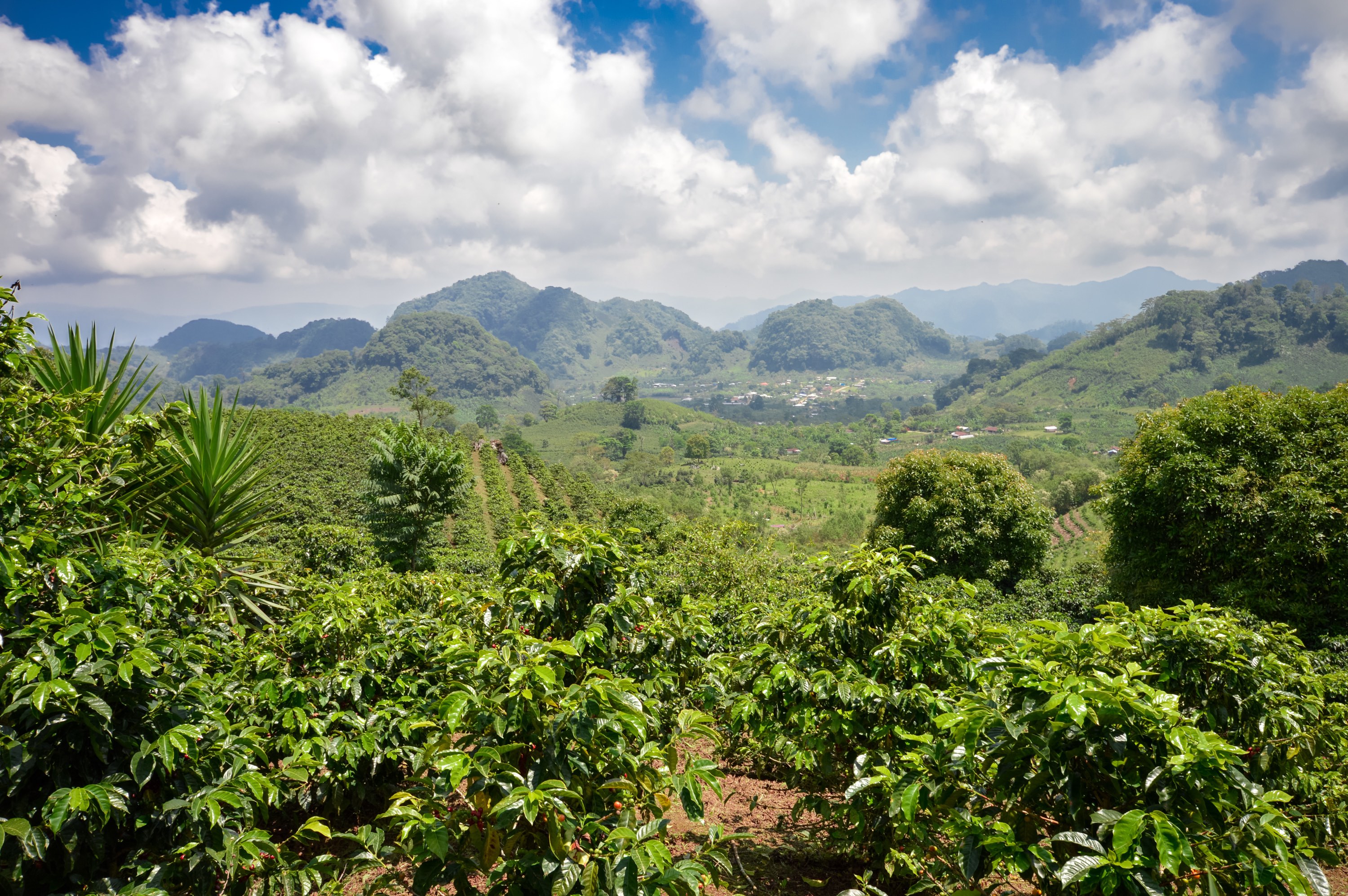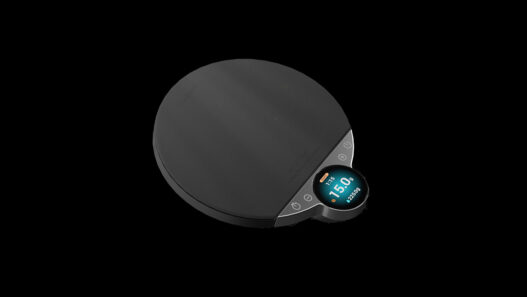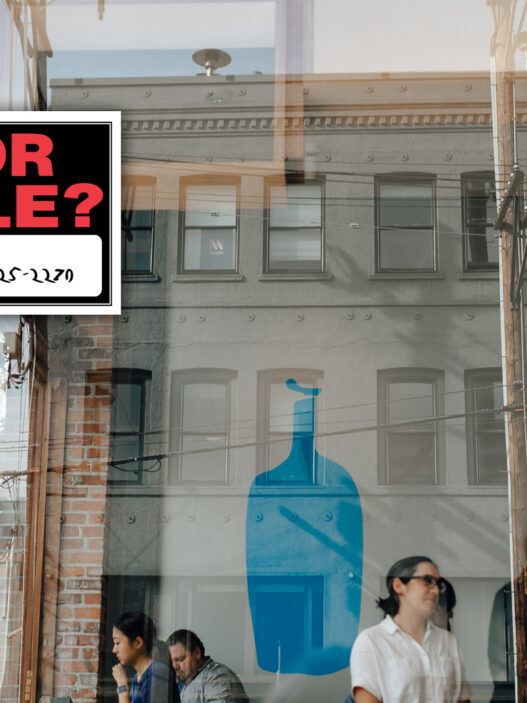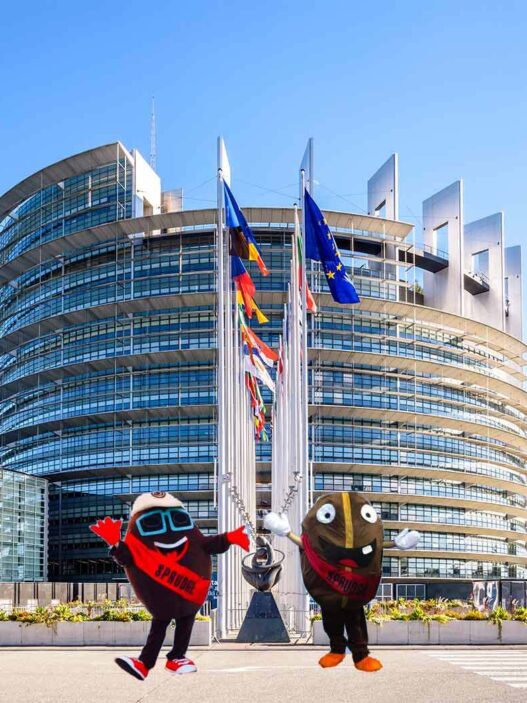
Every single part of the coffee supply chain has been affected by the COVID-19 pandemic. In the past weeks, we’ve talked to consumers, baristas, roasters, cafe owners, importers, and producers about how their sector has been impacted by the pandemic, and the news has been uniformly negatively. But there is one facet of the coffee supply chain that is experiencing a slight bump, however temporary: the commodities price.
As reported by CNBC, coffee futures rose by 8.8% in March, to an average somewhere around $1.16 per pound. The reason for the spike is market uncertainty; indeed, we’ve seen this sort of price spike due to calamity in the past—it’s one of the only sources of significant increase the coffee market price sees, which is a surefire sign that the system is broken. Drought and disease have both caused the price of coffee to raise to slightly less-unsustainable levels in the recent past, and now it’s COVID-19.
As we briefly touched on in previous articles, importers are concerned that slowdowns in the supply chain may disrupt the flow of coffee. Some are stockpiling green coffee while it is still available, as reported by Reuters and others in late March. And the potential points of disruption along the supply chain are many. Countrywide shutdowns could limit the migrant workforce from neighboring countries many producers rely upon during harvest, available shipping options have been reduced, and many ports of entry are working with reduced numbers.
Adding to the uncertainty is a precipitous increase in demand. Just as importers and roasters are panic buying green coffee, consumers are stockpiling roasted coffee for home use. France and Italy, for instance, have seen 34.6% and 29.5% increases, respectively, over the same time last year, according market research institute IRI. Our own small sample size study found that Sprudge readers, who already drink a lot of coffee, were drinking as much as one full cup more per day on average over the last month, while making way more coffee at home and purchasing online.
These factors, fear of supply chain disruption and consumer stockpiling, have led to an “upward pressure on prices in the short term,” per the International Coffee Organization.
But as Cafe Imports Partner and Senior Vice President of Sales Noah Namowicz told us, much of the hoarding taking place in coffee buying is happening at commercial levels, having little impact on the specialty coffee trade. And the demand spike itself may be short lived, per CNBC. The ICO notes that we can expect a proportional drop in demand over the course of the coming weeks as consumers work through a backlog of stored up coffee.
Even with all this talk of a spike, the price of coffee on the commodities market sits at just over $1.13 per pound, nowhere near the break-even point of production. Paying more for green coffee—a charge led over the last decade by the smallest independent coffee companies—remains a tremendously important concept for the future of coffee production, even here in 2020.
Zac Cadwalader is the managing editor at Sprudge Media Network and a staff writer based in Dallas. Read more Zac Cadwalader on Sprudge.
























